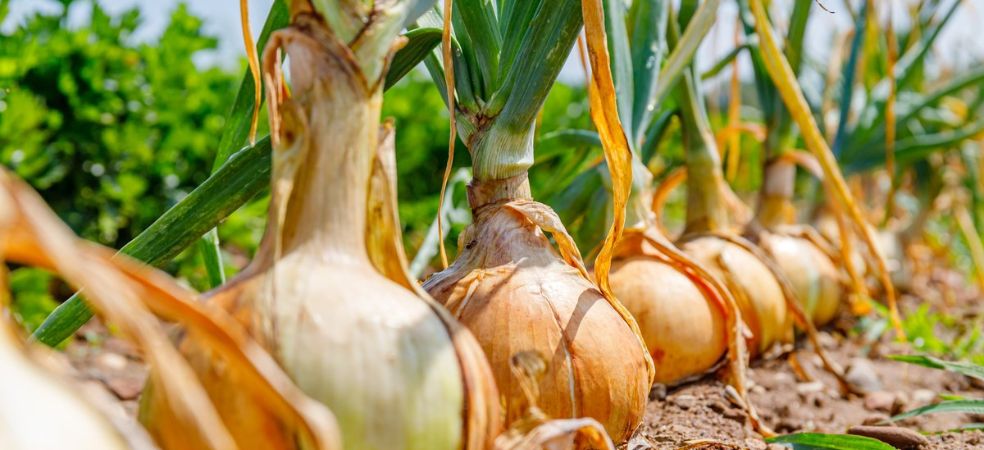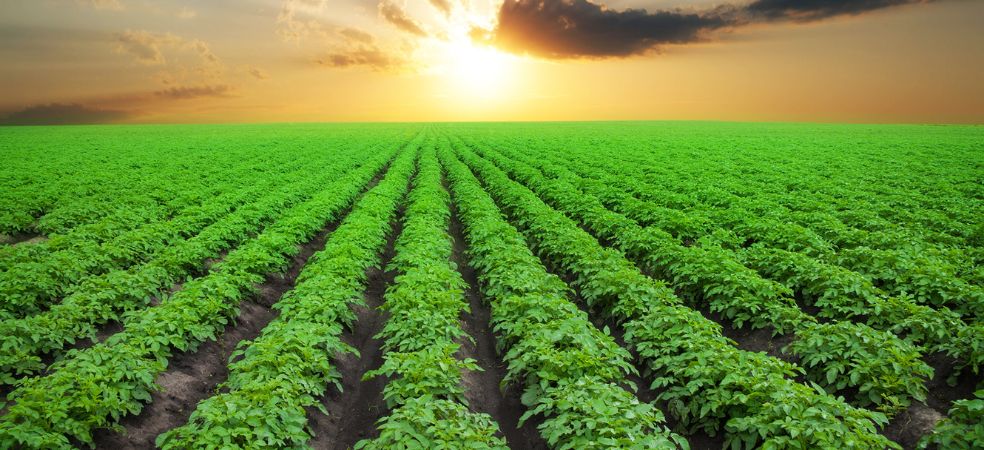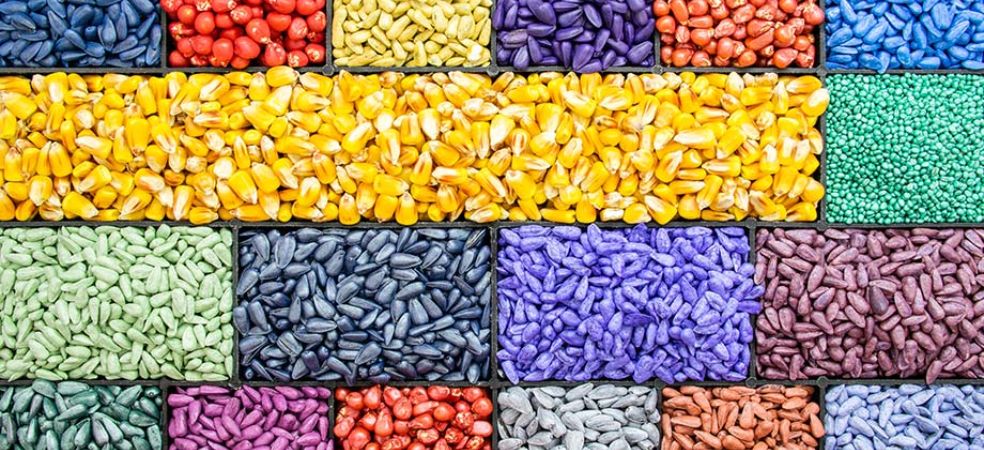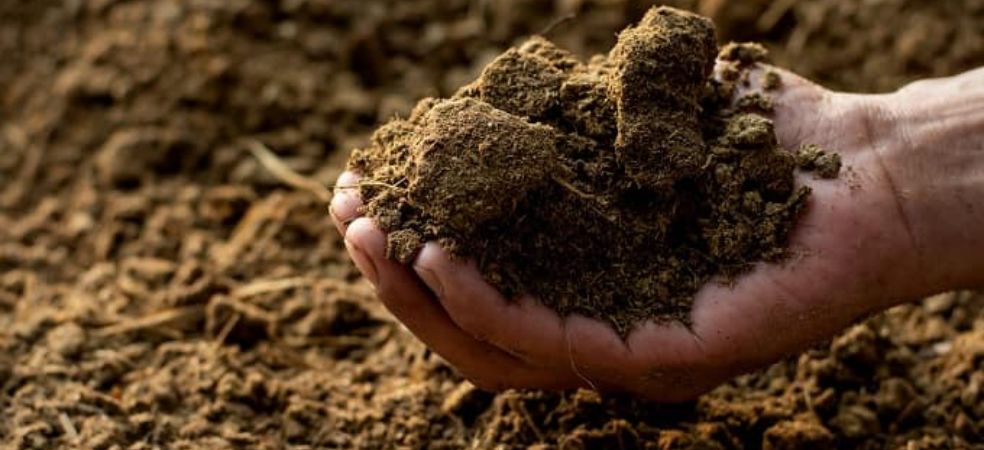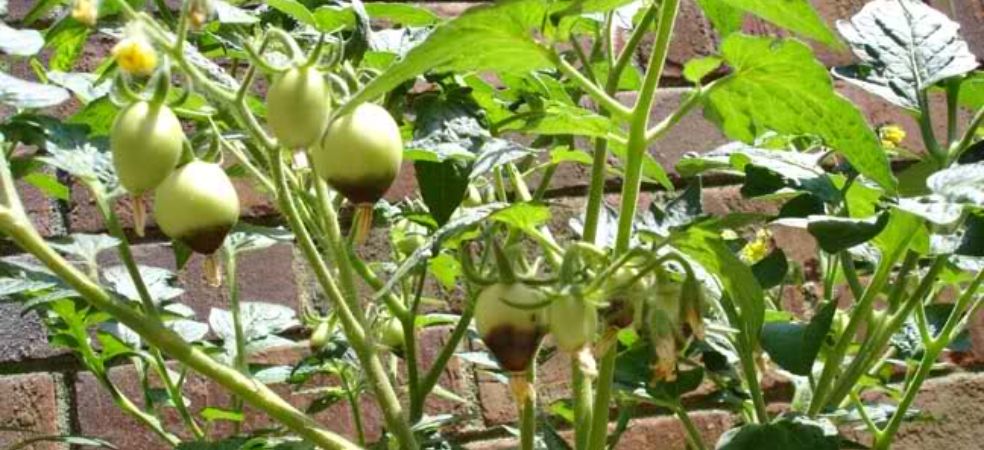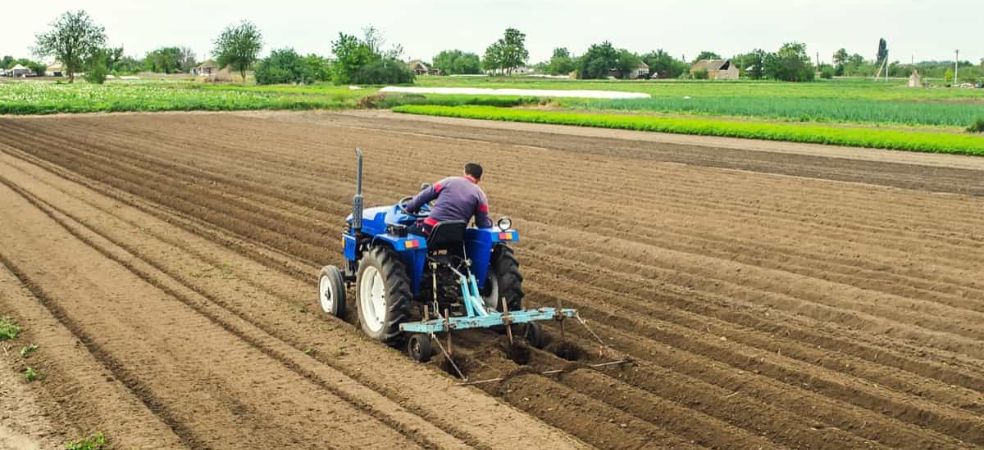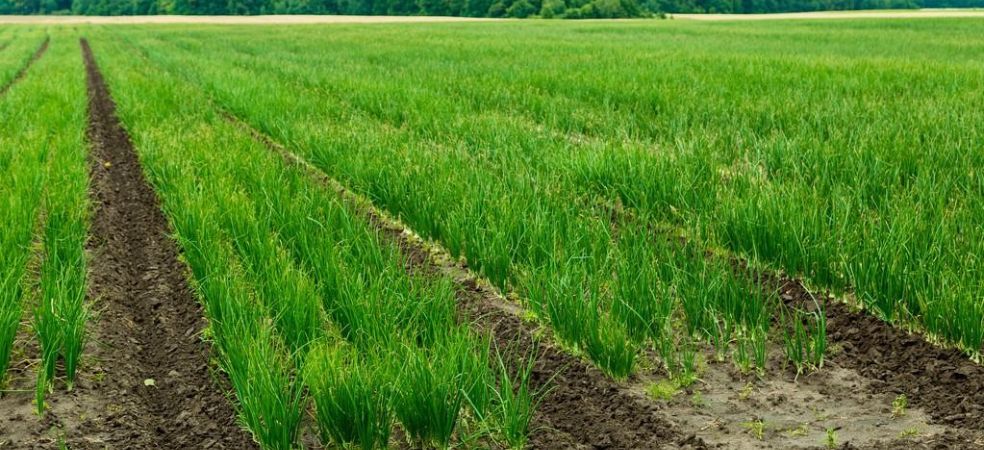At present, late Kharif onion is about 20 to 25 days after transplanting, at this stage for plant development, apply Urea @ 30 kg + Cosawet (Sulphur 90% wg) @10 kg/acre evenly. and do light irrigation. Also spray Novamaxx 30 ml + 19:19:19 @ 70 gm per 15 liters of water.
Urea – With its use, there is no problem of yellowing and drying of leaves. Nitrogen accelerates the process of photosynthesis.
Cosawet – Helps to reduce soil pH in saline and alkaline soils. Helps in improving the absorption of nutrients like N, P, K and micronutrients.
Novamaxx – Novamaxx helps in plant growth as well as improves photosynthesis and metabolism of plants. And keeps the plant stress free.
19:19:19 – Nitrogen, phosphorus and potassium are found in it, which increases vegetative growth in this stage of the crop, as well as makes the crop healthy.
ShareFor more such important information related to the agriculture sector, keep reading the articles of Gramophone daily. If you liked today’s information, then do not forget to like and share.

